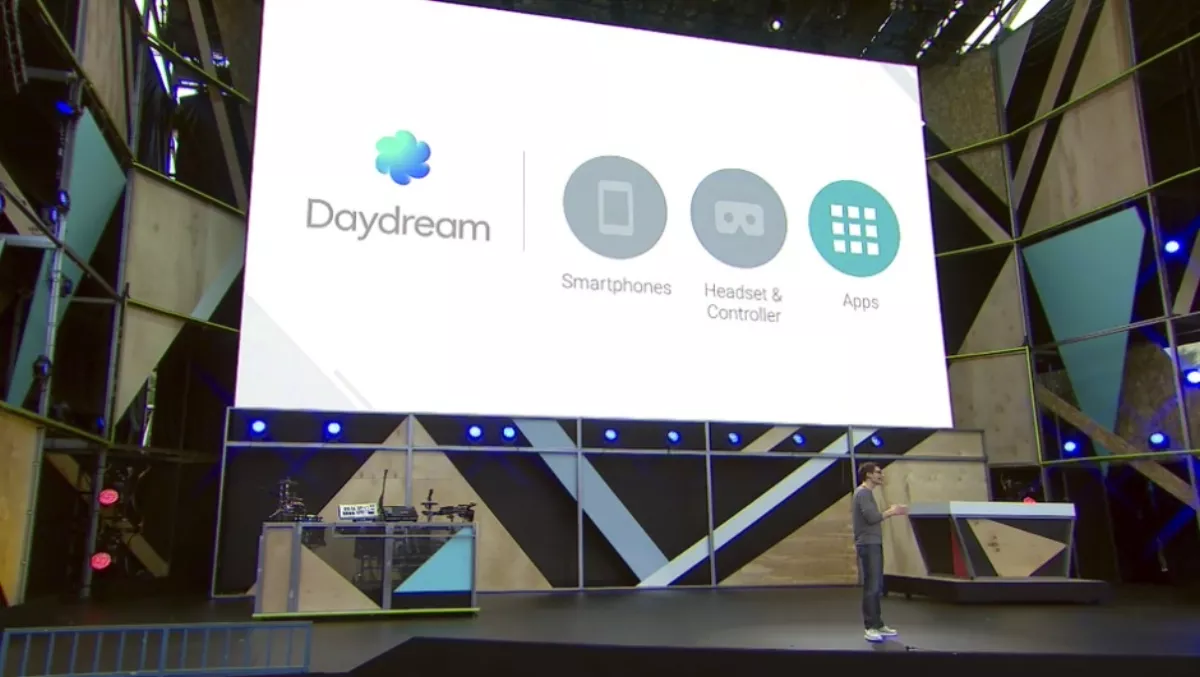
Google's Daydream VR initiative will drive mobile VR headset dominance
At its annual I/O developer conference on May 18, 2016, Google unveiled its Daydream VR initiative – a set of hardware and software reference designs including Android N "VR mode" (which will also support Vulkan APIs), a VR Google Play store, and VR-native versions of Google apps such as YouTube, Street View, and Play Movies. It marks a step up from Google's previous Cardboard efforts and means that, as predicted in our recent VR headset forecast, mobile VR will dominate by 2018. This marks the start of a true cross-manufacturer, cross-device platform in VR – early pioneers such as Oculus (and Samsung, its partner in mobile VR), Valve, and PlayStation need to either get on board or work out what their differentiation is.
The mobile VR revolution starts here
While initially disappointing – where were the Nexus VR headset announcements? – Wednesday's announcement of Daydream VR sets the stage for mobile VR to shine in the following ways:
- It creates a standardised, potentially massive future user base. Google powers most manufacturers' phone platforms, particularly those of aggressive Chinese manufacturers. Along with an app store and Android optimization, it fixes many of the issues we see in proprietary, poorly executed, niche mobile VR implementations today.
- It drives handset replacement. After stagnation in smartphone functionality, 4K smartphones finally have a purpose.
- It makes VR affordable and somewhat future-proof. The cost/benefit of mobile VR far outweighs that of dedicated home VR, especially if graphics and sensing performance improves to be nearer the "high-end" Rift/Vive experience.
- It won't be limited to smartphones. Future portable dedicated VR headsets will use Daydream VR too. We expect this category of device to emerge in 2017 and gain significant market share.
- Content providers are on board. Google's clout means content firms are already on board with the Daydream ecosystem – and let's face it, it's the VR content rather than goofy headsets that will ultimately drive this market.
Hurdles remain
There are, of course, downsides to the likely success of Daydream VR:
- Android drives a lack of differentiation in UI and handsets, somewhat hindering innovation.
- It places Google at the center of yet another digital content business.
- Samsung needs to decide which is the best platform choice: Google or Oculus.
- Initial handsets will be expensive, as will new mobile VR headsets. This means the entry point in mobile VR will actually get more expensive in the short term.
- Apple's position on VR remains a mystery.

